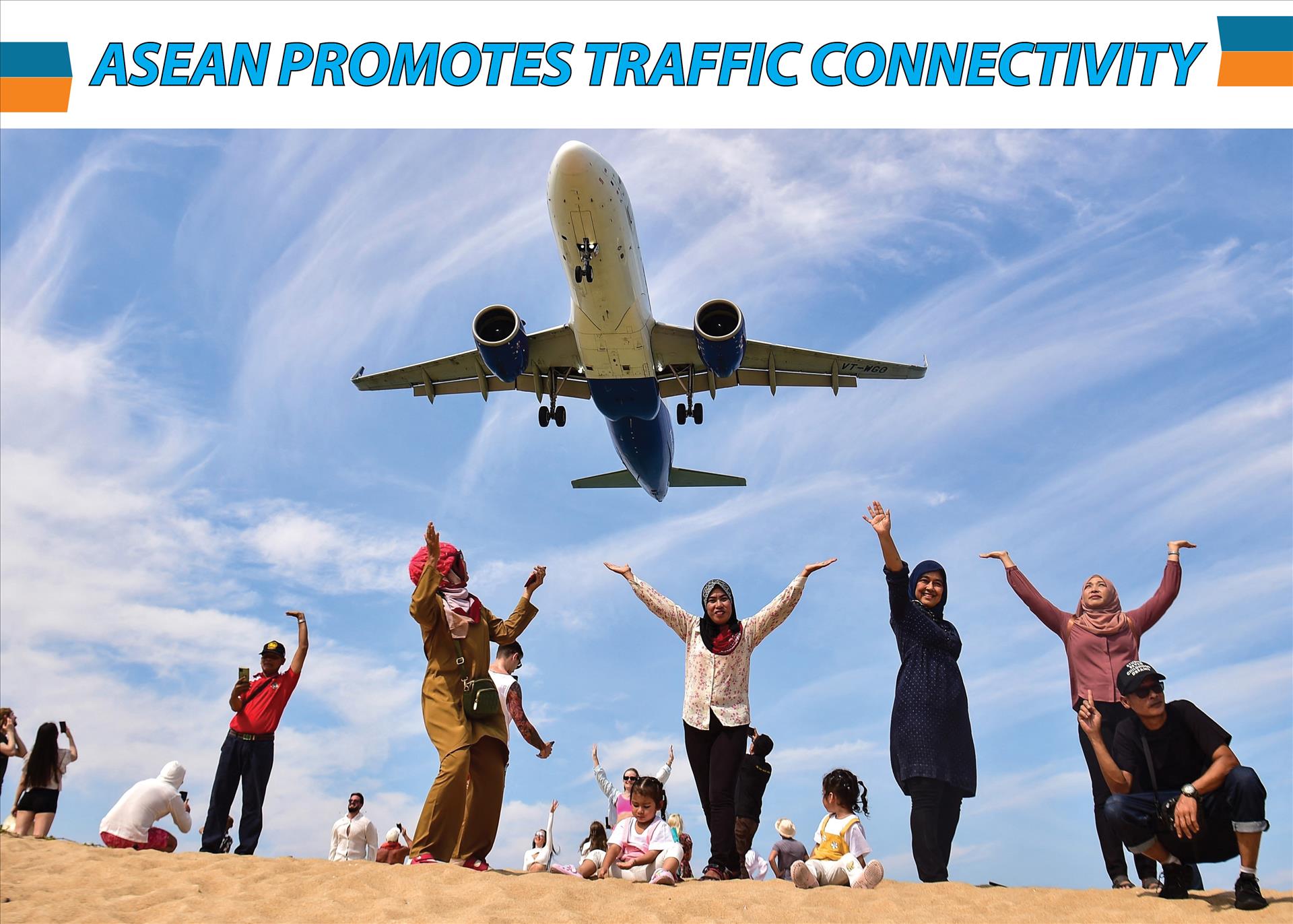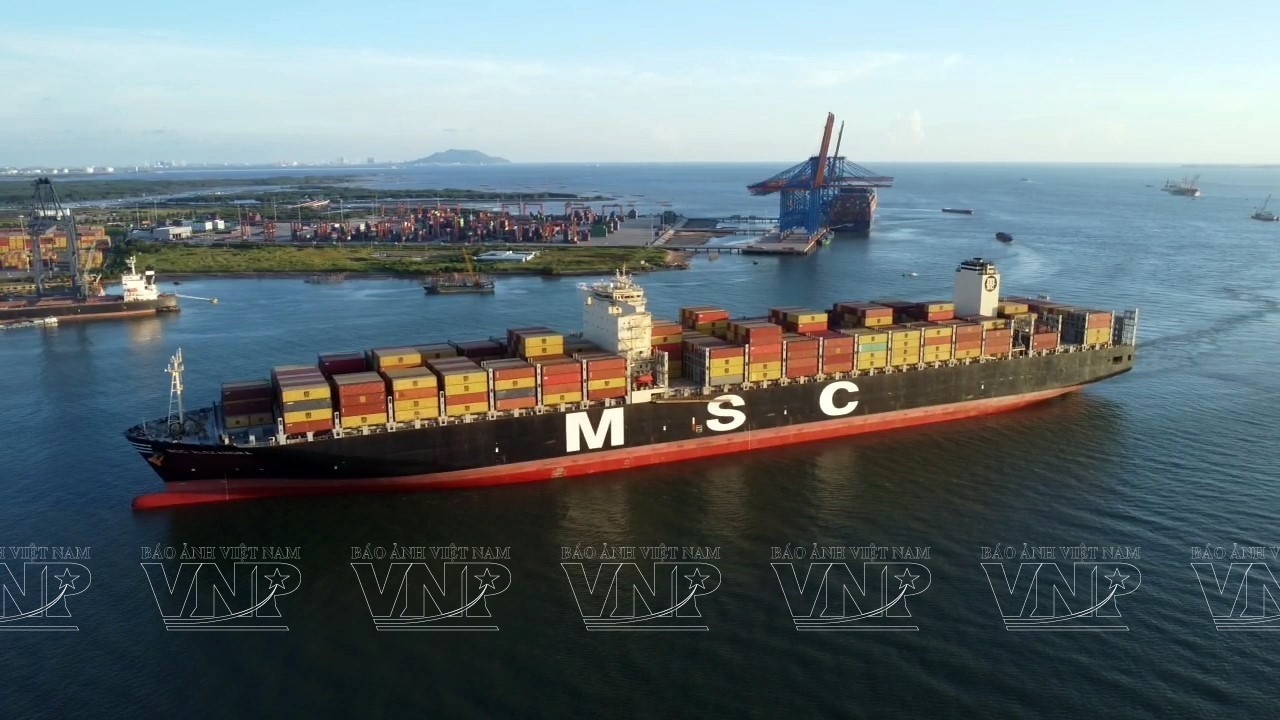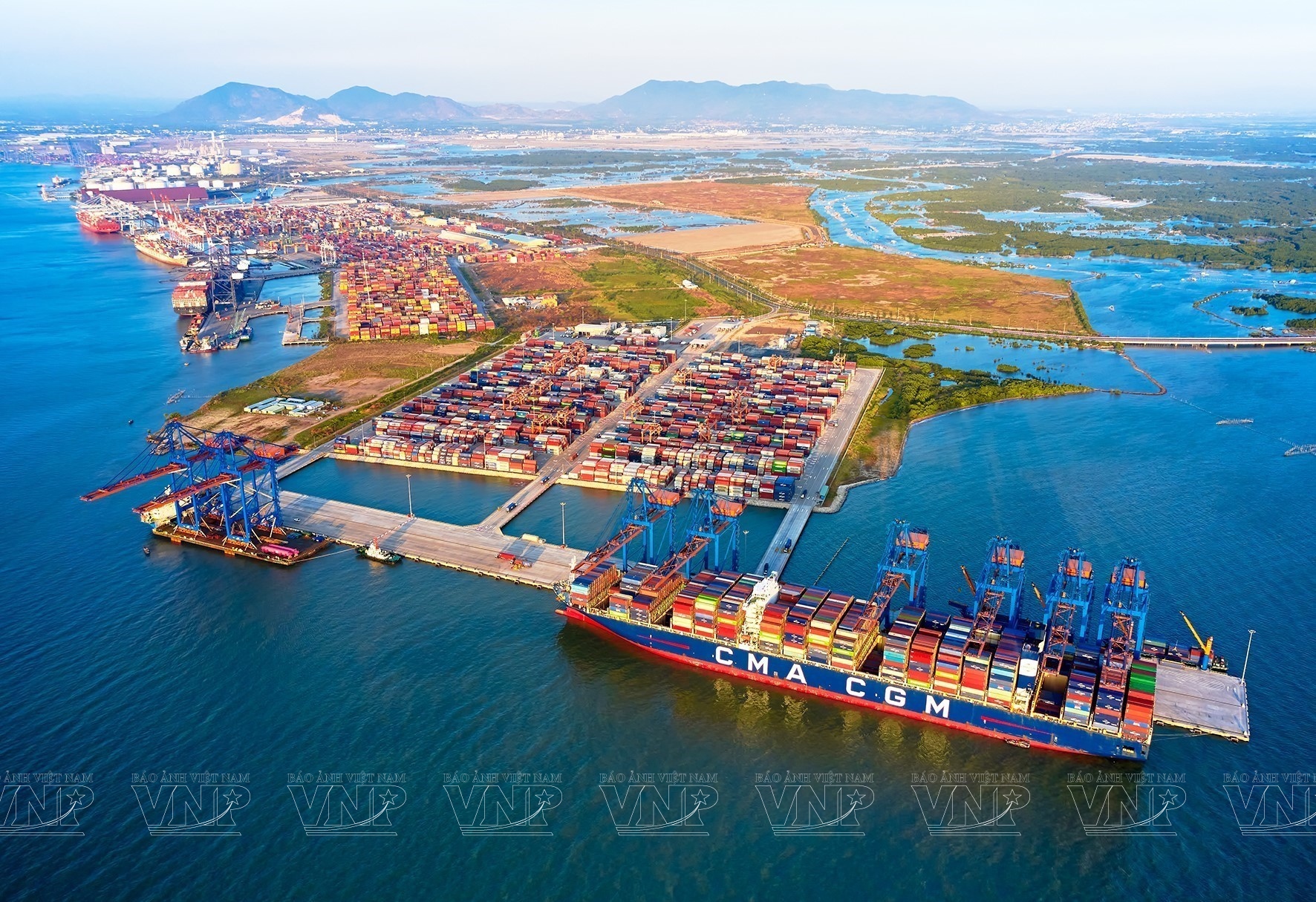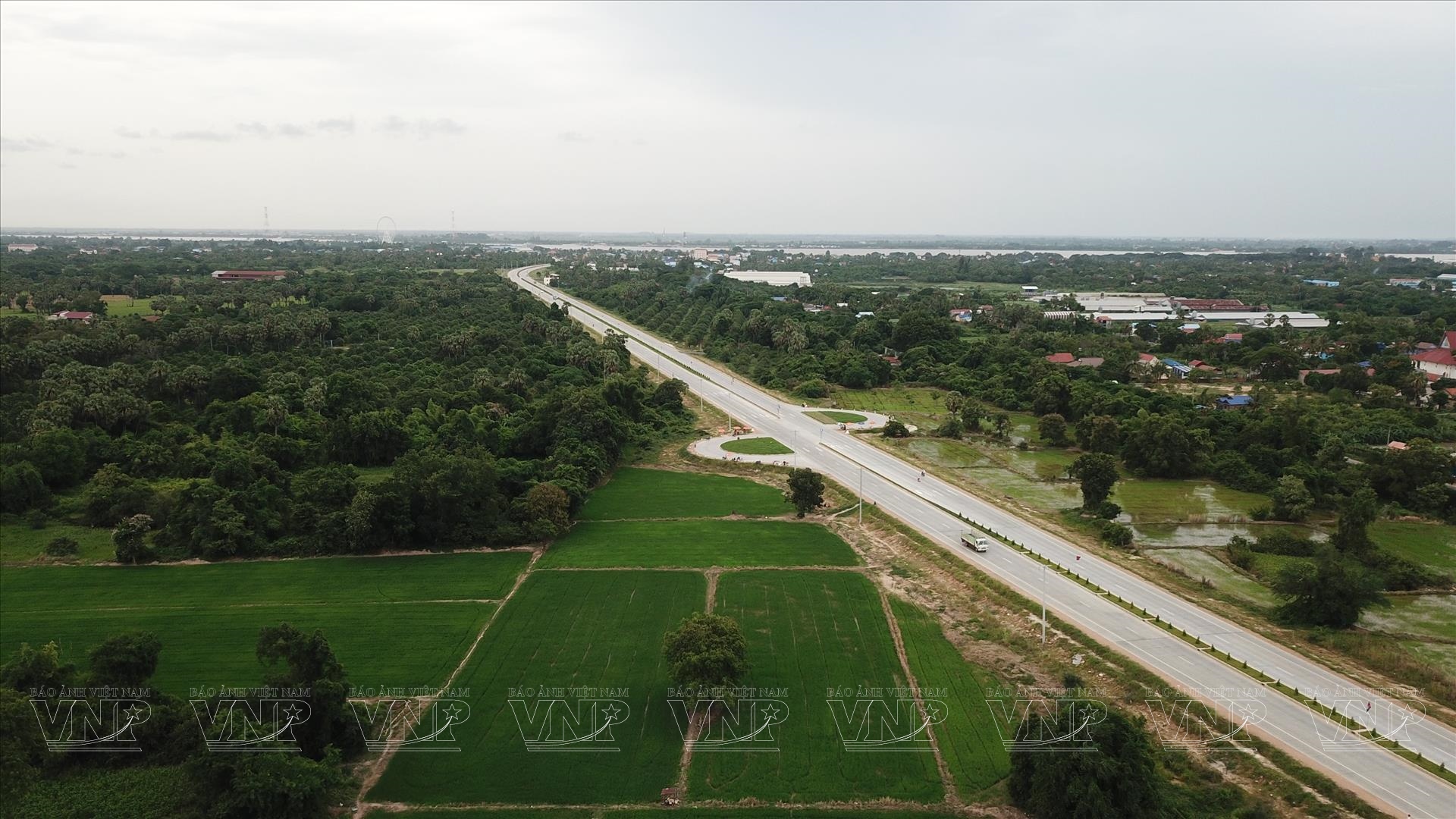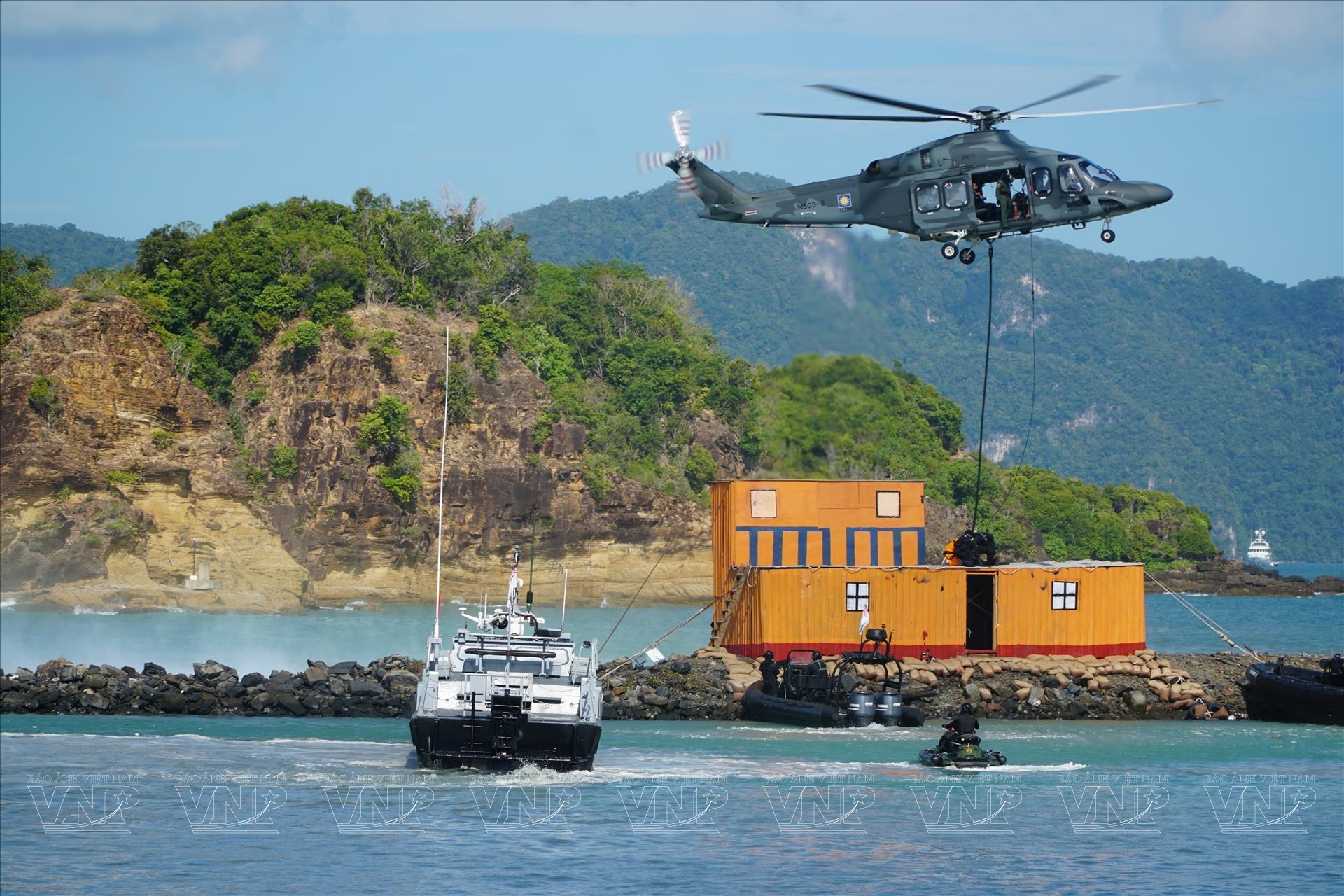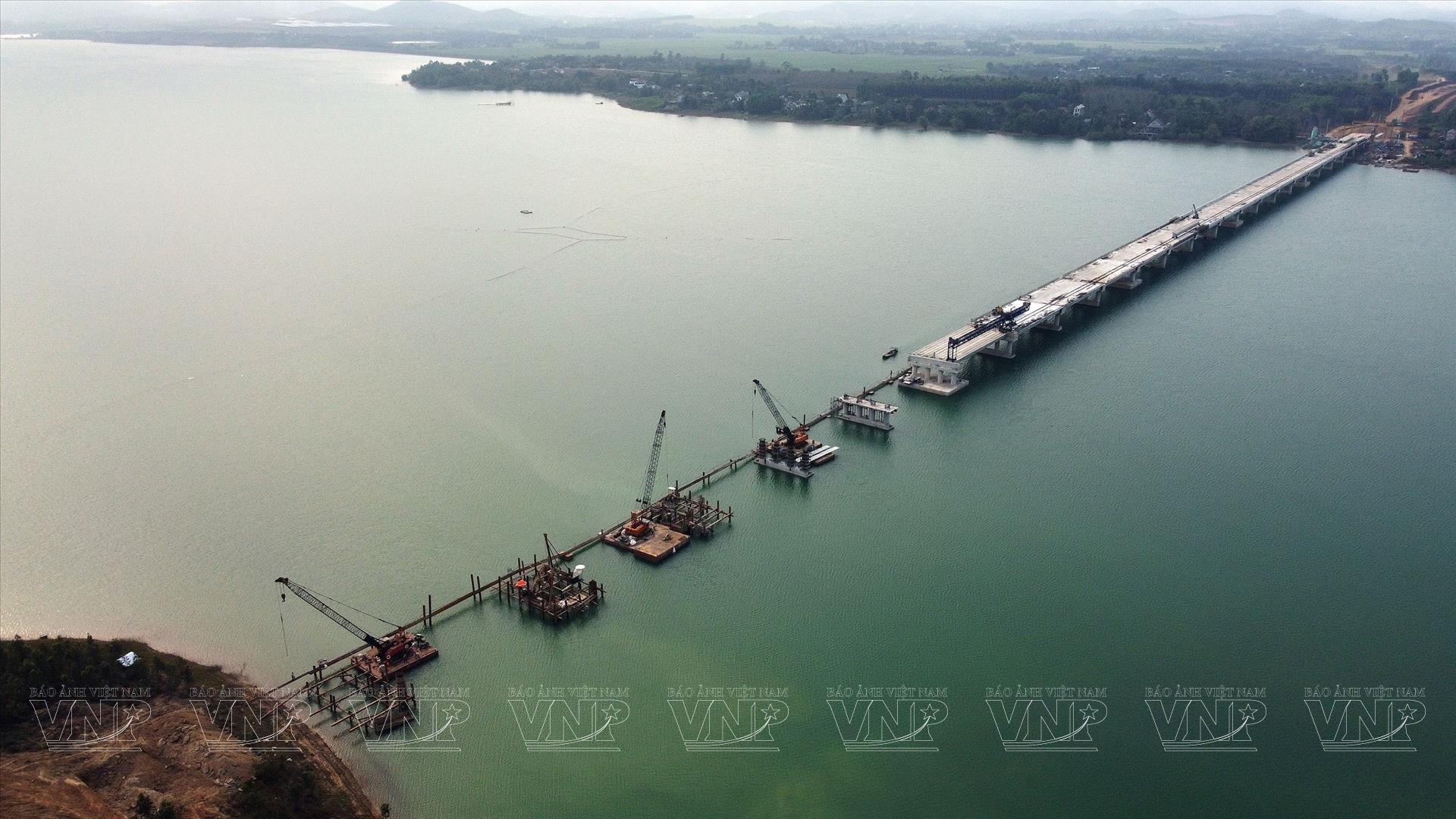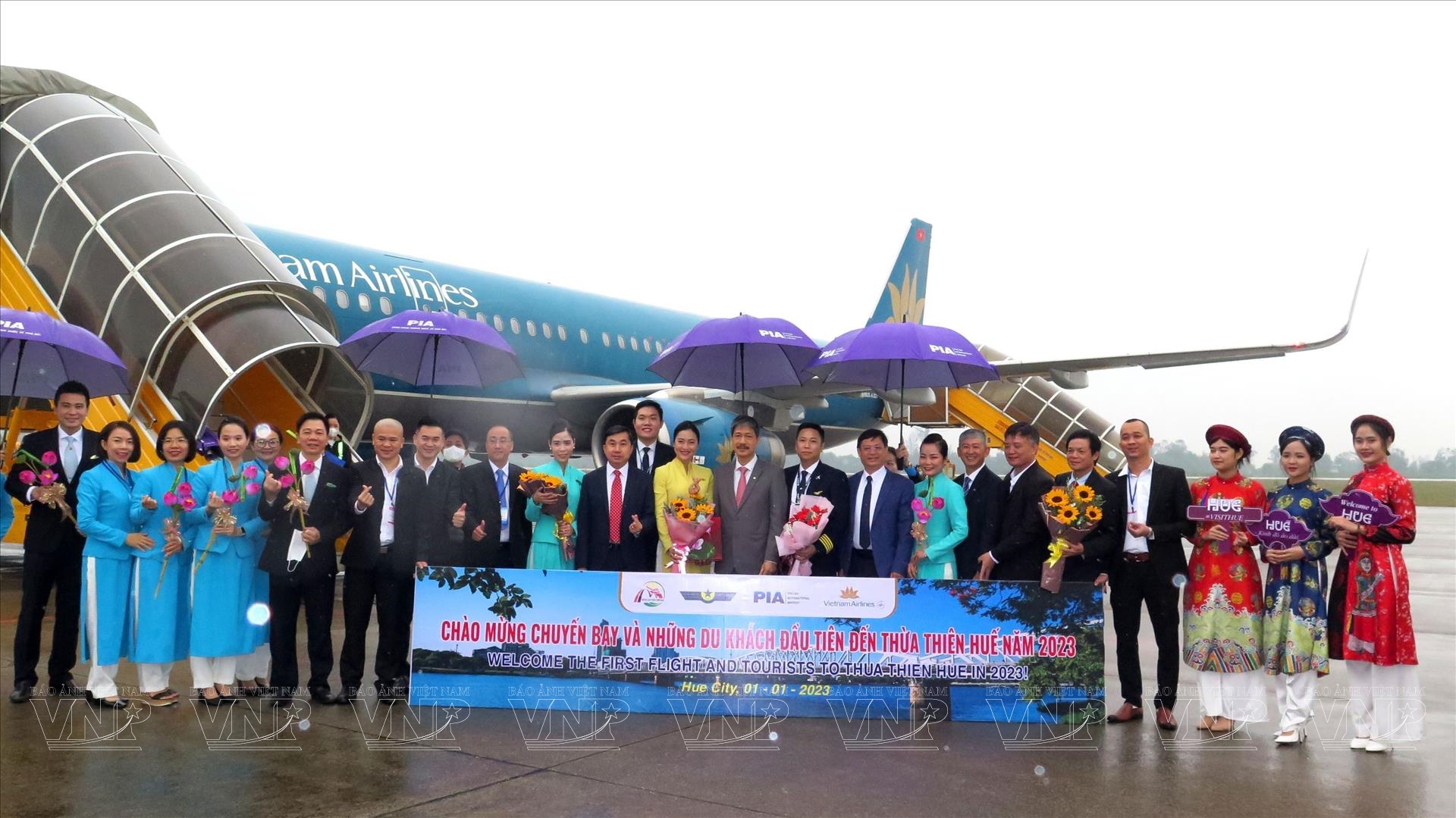ASEAN Promotes Traffic Connectivity
Located in a central position within the regional transportation connectivity network, from the Pacific Ocean to the Indian Ocean, ASEAN holds a crucial strategic position as a hub for vital maritime and aviation routes. Southeast Asian countries have been actively working towards promoting efficient, harmonious, and environmentally friendly transport connections.
Most recently, the 29th ASEAN Transport Ministers' Meeting (ATM) passed a Joint Declaration outlining a series of plans to further promote air, road, rail, and sea transport. These plans include the third edition of the Master Plan on Providing Services to Ensure ASEAN Operation, which aims to achieve seamless air traffic management with a focus on safety, interoperability, harmonization, the environment, capacity, and efficiency, towards forming the common aviation market of ASEAN. Additionally, the declaration includes the Memorandum of Understanding (MOU) on the ASEAN Highway Network (AHN) and Policy Recommendations to Improve Infrastructure and Electric Vehicle Charging Stations in ASEAN, as well as the ASEAN Framework Agreement on the Facilitation of Goods in Transit (AFAFGIT).
The results of cooperation with dialogue partners such as New Zealand, the EU, Japan, South Korea, China, and the US have contributed significantly to the development of an ASEAN transport connectivity network.
At the 45th Maritime Transport Working Group Meeting of the Association of Southeast Asian Nations (MTWG 45), leaders of the Vietnam Maritime Administration expressed their hope for cooperation following the implementation of Kuala Lumpur Transport Strategic Plan (KLTSP) on Facilitation of Road Transport Connectivity and the ASEAN Community vision 2025. They believe that these initiatives will bring benefits to all ASEAN countries and lead to a unified standard for maritime safety and environmental protection. The leaders also emphasized their unwavering commitment to protecting the marine environment.
"This is extremely necessary in the context that the world is shifting strongly to the application of modern technology and the use of new environmentally friendly energy in all aspects of the economy and society," said Deputy Director of the General Vietnam Maritime Administration, Hoang Hong Giang.
Singapore is an island nation that boasts the world's top aviation and maritime systems. In 2023, Singapore Airlines (SIA) was named the World's Best Airline. Its Changi Airport, which has been awarded 5 stars by Skytrax, is one of the largest international air transport hubs in Southeast Asia and serves as a crucial gateway to both Asia and Southeast Asia. It is also one of the world's busiest cargo airports, handling over two million tonnes of goods in 2019. Additionally, according to the Baltic Exchange, Singapore has maintained its position as the world's leading shipping center for eight consecutive years.
Indonesia has officially launched the first highspeed railway project in ASEAN, 142km in length, with a total investment of 7.3 billion US dollars. This marks the development of means of public transportation in a modern, effective and environmental friendly direction in Indonesia.
In addition, Thailand has recently completed the final phase of the project to expand Highway No. 12, which is part of the East-West Economic Corridor (EWEC) connecting Myanmar, Thailand, Laos, and Vietnam. The Thai government expects this route to facilitate cross-border economic activities between countries in the region. Out of a total length of 1,530km of EWEC, 793km is located in Thailand.
Maritime transportation is a key area of cooperation for Vietnam within the ASEAN community. In recent years, to create favorable conditions for maritime transportation activities between member countries, Vietnam has signed bilateral Maritime/Sea Transport Agreements with ASEAN countries such as Thailand, Indonesia, the Philippines, Malaysia, Singapore, Brunei and Myanmar.
These agreements will facilitate maritime transportation activities between ASEAN member countries. ASEAN has consistently prioritized connectivity and integration in its efforts to achieve the ASEAN Economic Community, which aims to promote the advantages of a dynamic, central and potentially vibrant economic region./.
Story: VNP
Photos: VNP & VNA
Translated by Hong Hanh
Designed by Trang Nhung
